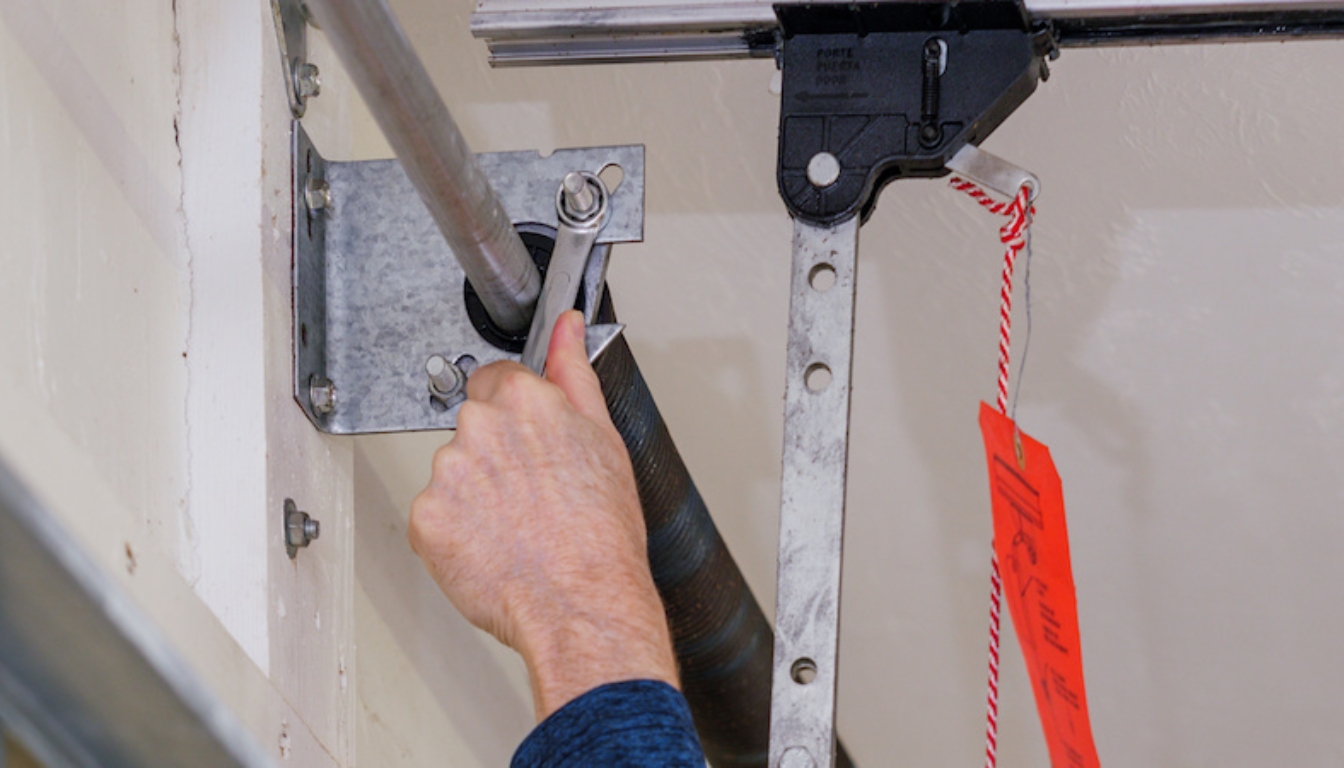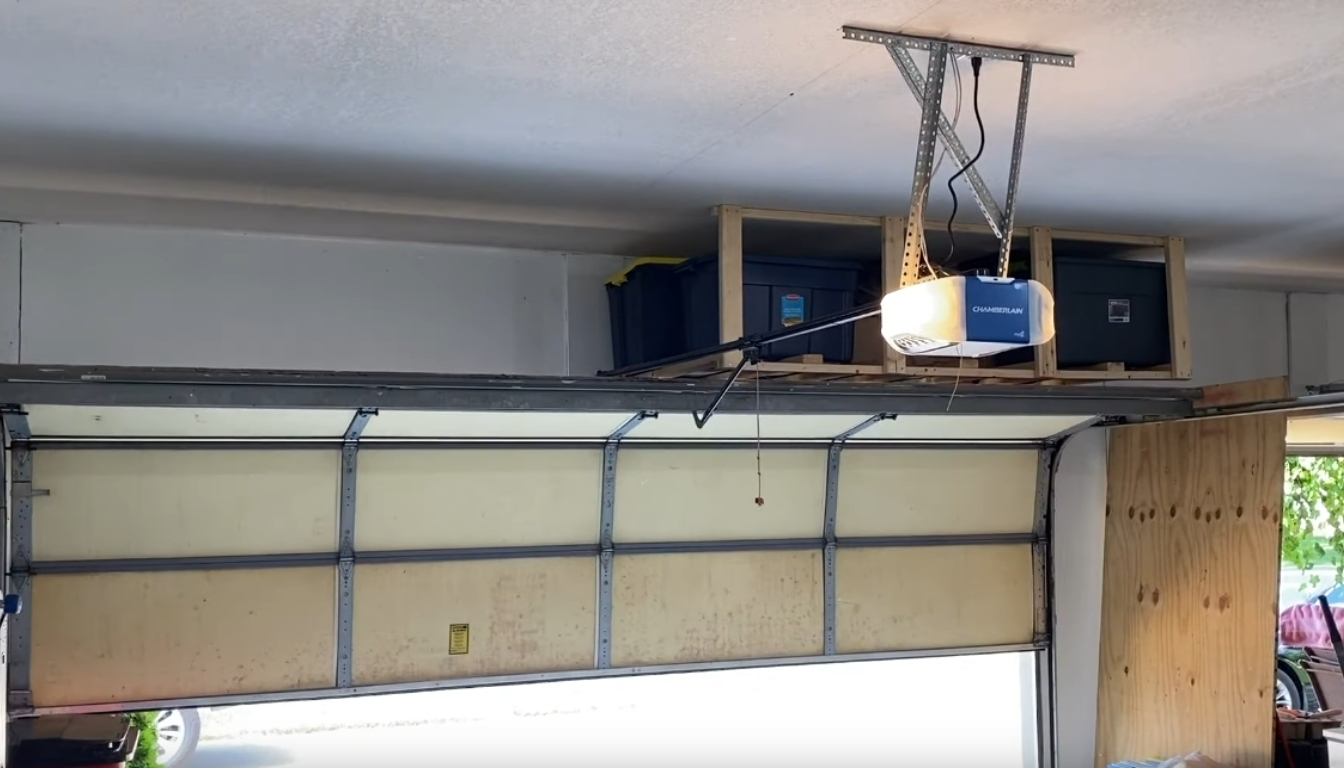Introduction
In today's world, where energy costs are skyrocketing and environmental concerns are more pressing than ever, homeowners are constantly seeking ways to improve their properties' energy efficiency. One often-overlooked area is the garage door. By focusing on garage door insulation, you can enhance your home's energy efficiency significantly. This article will explore how to improve your home's energy efficiency with garage door insulation, touching on everything from installation techniques to the best materials available.
How to Improve Your Home's Energy Efficiency with Garage Door Insulation
Garage doors account for a large portion of a home's exterior surface area, making them critical players in regulating indoor temperatures. When garage doors lack proper insulation, they can lead to significant heat loss in winter or unwanted heat entry in summer, causing your heating and cooling systems to work harder than necessary.
The Importance of Garage Door Insulation
Insulating your garage door has numerous benefits:
Energy Savings: Proper insulation can reduce energy bills by maintaining consistent indoor temperatures. Comfort: An insulated garage creates a more comfortable environment for activities conducted within. Durability: Insulated doors are generally more durable and resistant to wear and tear. Noise Reduction: Insulation helps muffle sounds from outside, providing a quieter space.Understanding Garage Door Types
Sectional Garage Doors
These are the most popular type of garage doors and consist of several horizontal panels connected by hinges. The effectiveness of insulation in sectional doors depends on the thickness and type of material used.
Roll-Up Garage Doors
Roll-up doors feature a single panel that rolls up into a coil above the door opening. They can be insulated but may require specialized materials due to their design.
Tilt-Up Garage Doors
These include one solid piece that tilts up into the garage ceiling when opened. While they provide ease of use, insulating these types can be more challenging.
Side-Hinged Garage Doors
These operate like traditional doors and can easily accommodate insulation within their frames.

Types of Insulation Materials for Garage Doors
Choosing the right insulation material is crucial for maximizing energy efficiency.
Polystyrene Foam Board Insulation
This rigid board provides excellent thermal resistance and is easy to install between panels.
Polyurethane Foam Insulation
Offering superior insulation capabilities, polyurethane foam expands upon application, filling gaps effectively but often requires professional installation.
Reflective or Radiant Barrier Insulation
This type reflects heat away from the garage during hot months, helping maintain cooler temperature levels.
Fiberglass Batts
While less common for garage doors due to moisture issues, fiberglass batts can be used in specific applications where conditions suit it.
DIY vs Professional Garage Door Insulation Installation
Pros of DIY Installation
- Cost-effective Flexibility in scheduling Sense of accomplishment
Cons of DIY Installation
- Requires tools you might not own Potential for improper installation Time-consuming
When to Call a Professional?
If you're unsure about your skills or if your garage door needs extensive repairs or replacement before insulation can be applied, it's wise to consult a professional service for garage door installation or repair.
Steps for Installing Garage Door Insulation Yourself
Measure Your Garage Door: Accurate measurements ensure you purchase enough insulation material. Choose Your Material: Based on your budget and desired R-value (a measure of thermal resistance). Prepare Your Tools: Gather necessary tools like scissors, adhesive spray or double-sided tape, and safety gear. Cut the Insulation Panels: Ensure all pieces fit snugly within each section. Attach the Panels: Follow manufacturers’ instructions closely for optimal results. Seal Gaps: Use weather stripping around edges and joints for added efficiency.Maintaining Your Insulated Garage Door
Once you've installed your new insulated garage door, garage door repair proper maintenance is essential for ensuring long-term performance:
Regularly inspect seals and weather stripping. Clean surfaces periodically to prevent damage. Check mechanical components like springs and tracks as part of routine maintenance; consider hiring a professional service if repairs are needed.Garage Door Repair Considerations After Insulation Installation
Adding insulation may change how your garage door functions; thus:
Watch out for any new strains or issues with opening/closing mechanisms. If problems arise post-installation, consult a technician specializing in garage door repair promptly.FAQs About Garage Door Insulation
1. What is the average cost of insulating a garage door?
The cost varies based on size and material but typically ranges from $200 - $600 including labor if hiring professionals.
2. Can I insulate my existing garage door?
Yes! Many older doors can be retrofitted with insulation without needing complete replacement.
3. How does insulated versus non-insulated compare regarding energy savings?
Insulated doors typically save homeowners around 20% - 30% on energy costs compared to uninsulated alternatives over time.
4. Will adding insulation make my garage quieter?
Yes! Insulated doors help absorb sound better than non-insulated ones.
5. Is it worth investing in an insulated garage door?
Absolutely! Not only do you save money on utility bills, but you also increase home comfort levels significantly!
6. How long does it take to install insulated panels onto existing doors?
With proper preparation, DIY installations usually take between 4 - 8 hours depending on experience level and complexity involved.
Conclusion
Improving your home's energy efficiency with garage door insulation is not just an investment; it's a necessity in today’s climate-conscious world! By understanding different types of materials available for insulating your garage door—and knowing when it’s time to call in professionals—you set yourself up for success both financially and environmentally speaking!
Whether you're contemplating an upgrade through installation or simply seeking ways to enhance what you currently have—taking action now will yield returns down the line in terms of comfort levels within your home while reducing utility costs substantially!

So don't wait any longer! Take control over those rising energy bills by exploring options available right at your fingertips—because who wouldn't want an affordable solution that offers long-term benefits?